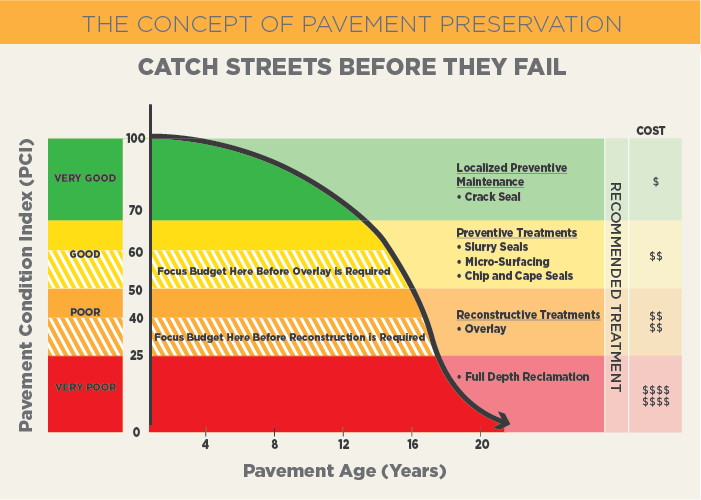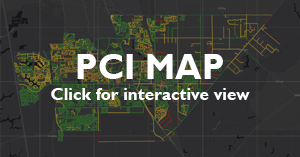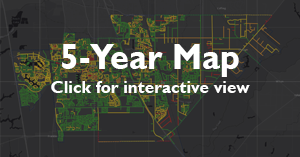Case Study: City of Elk Grove
by
City of Elk Grove
| Oct 02, 2017

Source: City of Elk Grove
The City of Elk Grove is responsible for the maintenance of nearly 1,150 lane miles of roadway with over 90 million square feet of pavement. The goal of the Pavement Management Program is to maintain the city’s pavement in the best condition possible given the funding available. Each year, preventive maintenance treatments are performed on various City streets. These treatment projects are intended to extend the life of the pavement and avoid more costly repair or replacement of streets.
Road reconstruction is only considered when preventive maintenance treatments are no longer cost-effective or feasible. In this case, several more days are required in order to resurface the road and or replace the entire roadway structural section. The cost of reconstructing a street can exceed ten times the cost of performing a preventative maintenance treatment.
The city uses StreetSaver®, a Pavement Management Software, to monitor pavement conditions, help prioritize streets requiring resurfacing, and estimate costs of treatments and rehabilitation. StreetSaver® uses Pavement Condition Index (PCI) to classify roads based on their condition. The PCI scale rate all streets from 0 to 100 (poor to excellent condition), depending on severity of pavement distress. Currently the City of Elk Grove's PCI average is 74, which is considered very good. PCI values are one of the many factors used by StreetSaver® to help identify the appropriate resurfacing treatment for a given road.
City’s Approach:

Though funding amounts vary each year, the City’s “Fix-it-First” approach of performing mostly preventive maintenance has been proven to extend the life of pavements effectively and is less costly than reconstruction.
The City of Elk Grove is divided into 106 pavement management subzones. Preventive maintenance is typically performed to an entire subzone to maintain consistency of pavement conditions within neighborhoods and to limit the construction impact on residents. Reconstruction is performed where it is most needed and is too expensive to perform on a wide scale.
In order to maintain current PCI data, roads are inspected at varying intervals based on their type and traffic volume. Residential streets are inspected every 4 years. Arterial and Collector streets are inspected every 2 years due to higher traffic volumes.
The City's Capital Improvement Program contains a complete listing of the streets that are scheduled for pavement maintenance over the next 5 years. The lists are updated annually to account for changing conditions and priorities, but the City generally tries to keep the list the same. Please click this link to view the current 5-year street list and map. The buttons below provide interactive views of the 5-year map and PCI map.

